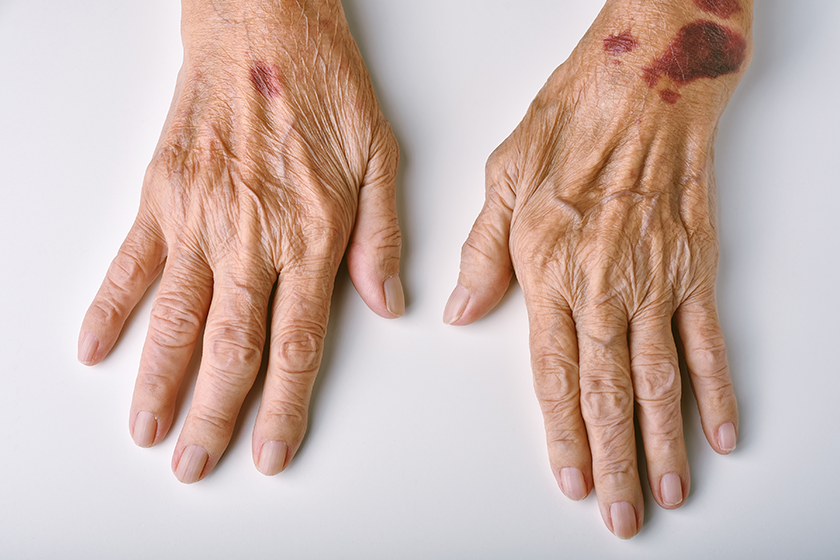Age-Related Skin Bleeding: What Causes It In Your Elderly Loved One?

Aging brings various changes to our bodies, including alterations to our skin. One issue that often arises in elderly individuals is bleeding under the skin, known as purpura. This condition can be concerning, leading many to seek information on what causes bleeding under the skin in elderly people and how it can be addressed. Understanding the underlying factors and available treatments is important for managing this common problem effectively.
What Causes Bleeding Under the Skin in Elderly Individuals?
Bleeding under the skin, or purpura, can occur for a variety of reasons in elderly individuals. One common cause is the natural aging process, which leads to thinning of the skin and weakening of blood vessels. As the skin becomes more fragile, even minor trauma or pressure can cause blood vessels to rupture, resulting in bleeding under the skin.
Additionally, certain medical conditions can contribute to age-related skin bleeding. Vascular diseases, such as vasculitis or purpura simplex, can affect the integrity of blood vessels and increase the likelihood of bleeding. Similarly, blood disorders like thrombocytopenia, which is characterized by low platelet counts, can impair the blood's ability to clot properly, leading to easy bruising and bleeding.
Other underlying health issues, such as rheumatoid arthritis, lupus, or certain types of cancer, can also contribute to skin bleeding in elderly individuals. These conditions may affect blood vessels, immune function, or clotting mechanisms, making the skin more susceptible to bruising and bleeding.
Recognizing the Signs and Symptoms
It's important to be vigilant and recognize the signs and symptoms of age-related skin bleeding in elderly loved ones. Look out for unexplained bruises, red or purple discolorations on the skin, or frequent bleeding episodes with minimal trauma. These may indicate underlying issues that require medical attention.
Seeking Medical Evaluation and Treatment
If you notice signs of skin bleeding in your elderly loved one, it's essential to seek medical evaluation and treatment promptly. A healthcare provider can perform a thorough assessment to determine the underlying cause of the bleeding and recommend appropriate treatment options.
Depending on the underlying cause, treatment may involve managing underlying medical conditions, such as adjusting medications or addressing nutritional deficiencies. In some cases, topical treatments or medications may be prescribed to help strengthen the skin and reduce the risk of bleeding.
Preventing Skin Bleeding in the Elderly
While age-related skin bleeding may be inevitable to some extent, some steps can be taken to minimize the risk and promote skin health in elderly individuals. Encourage your loved one to avoid activities or situations that may increase the risk of trauma or injury to the skin. This may include wearing protective clothing, using assistive devices to prevent falls, and maintaining good hydration and nutrition.
Additionally, implementing a skincare routine that includes gentle cleansing and moisturizing can help keep the skin healthy and hydrated, reducing the likelihood of dryness and skin tears. Regular monitoring of the skin for any changes or abnormalities can also help detect potential issues early and prevent complications.
Age-related skin bleeding in elderly individuals can be a concerning issue, but with proper understanding and proactive management, it can be effectively addressed. We prioritize the health and safety of our residents and offer a wide range of services to address their unique needs. If you're seeking a supportive and caring environment for your loved one, we invite you to explore our community and see how we can help.
